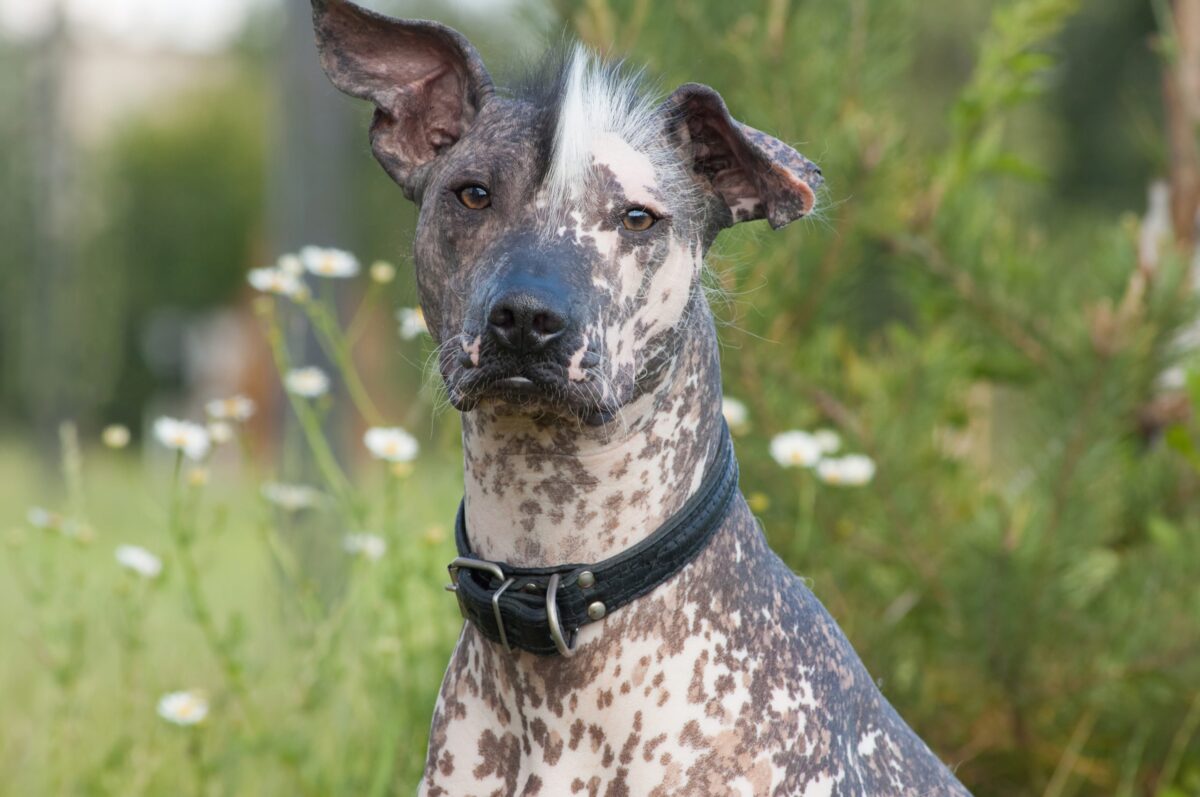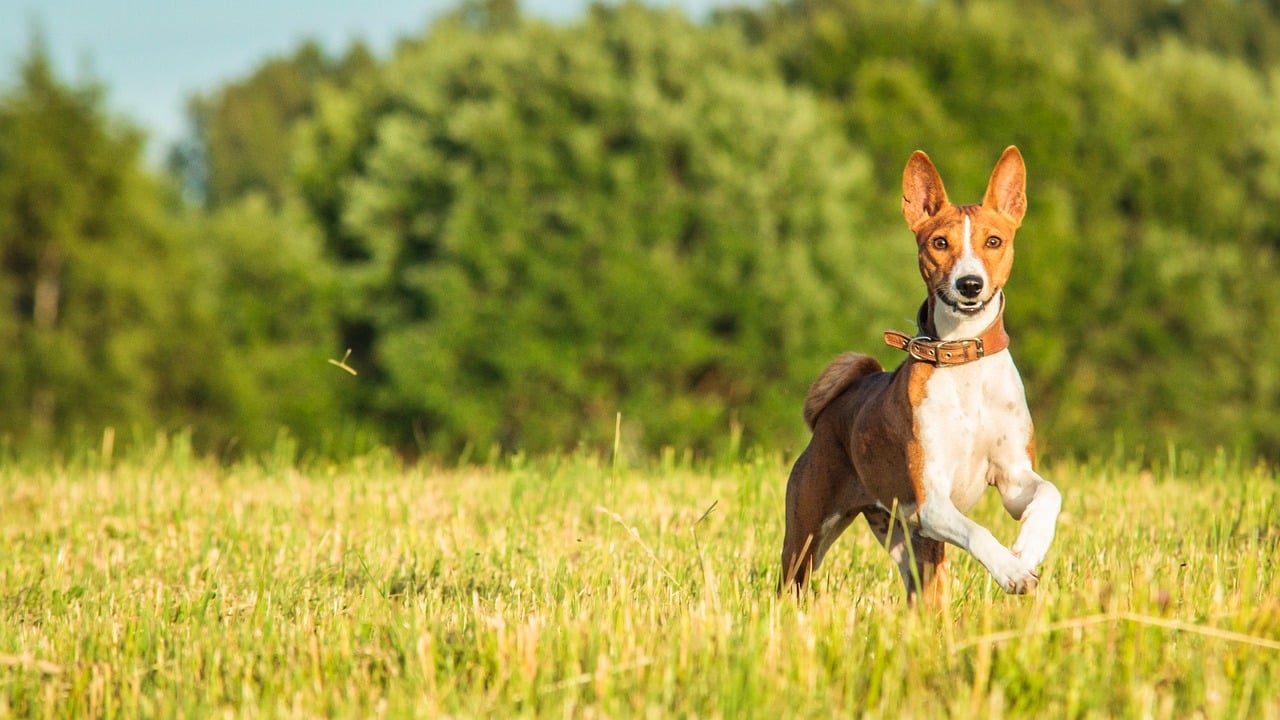7 Dog Breeds With Mysterious Ancestry


Dogs have been humans’ faithful companions for thousands of years, but not all breeds have a clearly defined lineage. While some dogs have well-documented histories, others are shrouded in mystery, with origins that spark curiosity and speculation. These breeds have either developed in isolation, undergone ancient crossbreeding or simply have histories lost to time. From ancient hunting dogs to lesser-known breeds whose lineage is still debated, the following dogs have mysterious ancestry that continues to puzzle historians and canine enthusiasts alike.
Basenji


The Basenji is often called the “barkless dog,” but its lack of vocalization is just one aspect of its mysterious past. This ancient breed has origins that are somewhat clouded in mystery, as evidence of dogs resembling the Basenji dates back thousands of years to ancient Egypt. Archaeologists have found images of dogs similar to the Basenji depicted in Egyptian tombs. Still, there’s little concrete information about how the breed developed over time or how it spread to different regions. What’s even more puzzling is the Basenji’s unique vocalizations—rather than barking, it produces a yodel-like sound, a trait not found in many modern breeds. Its independent and aloof nature adds to the breed’s enigmatic aura, making it one of the most intriguing dogs with a mysterious ancestry.
Norwegian Lundehund
The Norwegian Lundehund is a rare breed with traits that make it one of the most unique dogs in the world. Known for its extra toes (polydactylism) and its ability to bend its head backward along its spine, this breed was used for hunting puffins along the Norwegian coast. The Lundehund’s origins, however, are mysterious. Its unique physical adaptations and historical role as a puffin hunter suggest an ancient lineage. Still, there are few records to confirm the breed’s exact origins or how it developed its extraordinary traits. Some believe that the Lundehund might be a descendant of prehistoric dogs, given its highly specialized anatomy. However, the exact details of how this breed came to be remain elusive.
Xoloitzcuintli
The Xoloitzcuintli, or Xolo for short, is an ancient breed native to Mexico that has been surrounded by mystery for centuries. Thought to date back over 3,000 years, this hairless dog was revered by the Aztecs, Toltecs, and Maya civilizations for its healing properties and spiritual significance. Despite its long history, much about the Xolo’s ancestry remains unclear. While its connection to ancient Mesoamerican cultures is well-documented, the breed’s genetic roots are harder to trace. The Xoloitzcuintli was believed to guide souls into the afterlife, but how exactly this breed evolved into its current form and how it managed to survive through centuries of cultural and social changes remains a subject of debate. The breed’s ancient and mystical aura continues to captivate those who encounter it.
Karelian Bear Dog
The Karelian Bear Dog, native to Finland and Russia, has a long-standing history as a fearless hunter of large game, including bears. However, much of its ancestry remains unknown, with limited documentation on how the breed came to be. It’s believed to have developed from ancient hunting dogs used by the indigenous peoples of the Karelian region. Still, there’s little concrete evidence of how it evolved into the powerful and resilient dog it is today. The Karelian Bear Dog’s origins are further complicated by the isolation of its native region, which makes it difficult to trace its lineage. While the breed is now known for its bravery and strength in hunting, its mysterious past adds to its allure as a dog with a fascinating yet elusive ancestry.
Canaan Dog
The Canaan Dog, often referred to as Israel’s national dog, has one of the most mysterious backstories of any breed. Thought to have descended from the pariah dogs that roamed the Middle East thousands of years ago, this breed was largely left to fend for itself in the wild until it was domesticated in the 20th century. The Canaan Dog’s adaptability and survival skills in harsh environments have led some to believe that it is one of the oldest surviving dog breeds. However, its exact origins remain unclear, with some speculation that the breed may have been used by ancient nomadic tribes. Despite its long history, the Canaan Dog’s lineage is still not fully understood, making it a breed shrouded in mystery.
New Guinea Singing Dog
The New Guinea Singing Dog is one of the most enigmatic breeds in existence today. Discovered in the highlands of New Guinea, this wild breed is known for its unique vocalizations, which resemble singing more than traditional barking or howling. Its genetic makeup is so distinct that some experts believe it may be one of the oldest dog breeds still in existence, yet much of its ancestry remains a mystery. The New Guinea Singing Dog shares many physical and behavioral traits with wild dogs, leading some researchers to question whether it should be classified as a domestic dog at all. Its isolation in the remote regions of New Guinea has left many questions about how the breed developed and what role, if any, humans played in its evolution.
Carolina Dog
The Carolina Dog, also known as the American Dingo, is a breed that evokes curiosity due to its uncertain ancestry. Discovered in the swamps and forests of the southeastern United States, this breed shares physical traits with ancient pariah dogs found in other parts of the world. Some researchers believe the Carolina Dog may be a descendant of the first dogs to accompany humans to North America, while others think it may have developed independently over time. The breed’s wild appearance and behavior have led to numerous theories about its origins, but none have been definitively proven. The Carolina Dog’s mysterious ancestry, combined with its ability to thrive in the wild, makes it one of the most fascinating breeds with a mysterious background.
Unraveling the Mystery, One Wag at a Time
These dog breeds, with their unique traits and fascinating backstories, stand out due to their mysterious ancestries. From the ancient Basenji and Xoloitzcuintli to the wild New Guinea Singing Dog, these breeds have puzzled historians and dog enthusiasts alike. Their enigmatic origins, coupled with their extraordinary abilities and behaviors, make them truly special. Despite the uncertainty surrounding their lineages, these breeds continue to captivate us with their history, and they serve as reminders of how much we still have to learn about the evolution of dogs.
Recent Posts
Summer Sniffs & Natural Tips – Dr. Dobias Healing Solutions
I hope you and your dogs are having a wonderful summer so far! I can…
Chained Dog Begs Woman Not To Take Her Last Puppy Away
When Sergey reached out to Love Furry Friends rescue, his voice carried urgency. He had…
Goose Pecks At The Door Of A Police Car To Get The Cop’s Attention
In an extraordinary moment that left Cincinnati police officers speechless, one mother goose showed just…
Endangered Baby Monkey Melts Hearts With Snuggles During Bath Time
A rare and joyful event recently took place at the Philadelphia Zoo—the birth of a…
Couple Discovers Surprise About Pitbulls No One Warned Them About Before Adopting
When Stephen and Jessica got married in 2021, they knew they wanted to grow their…
After Sulking For “A Million Dog Moments,” She’s Told Daddy’s Coming Home
For one loyal pup, saying goodbye to her dad was more than she could bear.…


